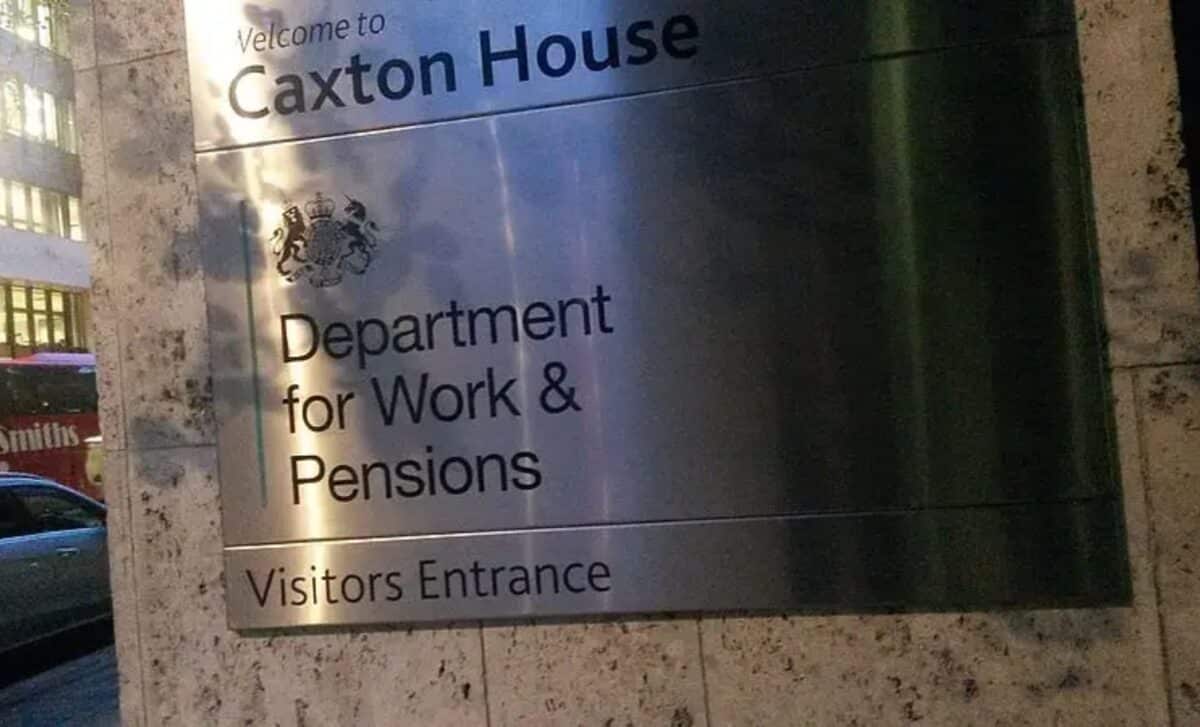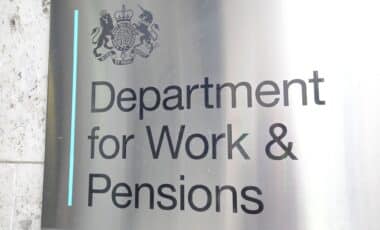Millions of disability benefit claimants in the UK expecting higher payments this month will have to wait. The Department for Work and Pensions (DWP) confirmed that although benefit rates were officially increased in early April, the structure of payment scheduling means many will not see the full amount reflected in their bank accounts until next month.
This delay has prompted confusion among claimants of Personal Independence Payment (PIP), a non-means-tested benefit designed to assist people living with long-term physical or mental health conditions. Payments are made every four weeks and often issued in arrears, which is at the root of the postponement in applying the new rates.
Payments Increased, but Effect Deferred
The DWP increased several benefit payments, including PIP, by 1.7% from 7 April, in line with annual inflation adjustments. However, because PIP is issued every four weeks in arrears, most recipients will experience a blended payment—a combination of the old and new rates—until a full payment cycle under the updated rates has been completed.
According to The Mirror, the revised rates now stand at £73.90 per week for the standard daily living component, and £110.40 for the enhanced rate. For mobility support, the weekly standard rate is £29.20, with the enhanced mobility rate set at £77.05. This translates to a total of up to £749.80 every four weeks, depending on a claimant’s assessed needs.
Letters are being sent by the DWP to all affected individuals, confirming the new rates. These letters act as formal notices of entitlement and require no action from the recipient; the changes are applied automatically.
Future Eligibility Changes May Restrict Access
In addition to the current delay, proposed changes to PIP eligibility criteria are expected to reshape the benefit’s future. According to The Mirror, Work and Pensions Secretary Liz Kendall outlined intentions last month to tighten the assessment system, making it more difficult for some claimants to qualify.
Currently, eligibility is determined through a points-based assessment evaluating how a claimant’s condition affects daily tasks such as eating, dressing, or mobility.
Under new rules coming into force in November 2026, applicants will need to score at least four points in one specific activity to qualify for the daily living component—adding a more targeted threshold for support.
While current recipients will not be impacted unless reassessed after the implementation date, advocacy groups like Citizens Advice are urging those who might qualify under existing rules to apply now. “You’re more likely to get PIP if you apply before the rules change,” the organisation states.









